Advertisement
People often assume chatbots need cloud servers, high-end GPUs, and costly infrastructure. But that’s shifting. Smaller language models are showing that useful assistants can run entirely on a laptop. A strong example is Phi-2, a compact transformer model from Microsoft. When combined with Intel’s Meteor Lake chips, it delivers a fast, responsive chatbot experience—without relying on the cloud or an internet connection.
Phi-2 isn't built to rival massive models in size. It's tuned for performance within limited hardware, making it a good fit for local use. With Meteor Lake's hybrid architecture, you get solid performance and full privacy right from your device.
Phi-2 has just 2.7 billion parameters. That might sound small when compared to GPT-style models that measure in the hundreds of billions. But the strength of Phi-2 isn’t about matching those models word-for-word. It’s about clever pretraining choices that squeeze more value out of fewer parameters.
The training data for Phi-2 leans heavily on curated, textbook-like content. The model learns from structured, cleaner examples rather than the messy sprawl of the internet. This allows it to punch above its weight in reasoning and general comprehension. You won’t get the raw depth of a cloud-hosted LLM, but you do get a model that answers questions clearly, follows instructions with decent reliability, and doesn’t need much hardware to do it.
Where most large models rely on multiple A100 or H100 GPUs, Phi-2 can run on a laptop CPU—especially when that CPU includes onboard accelerators. This is where Intel Meteor Lake makes a difference.
Meteor Lake isn’t just another generation of Intel chips. It’s a shift toward building processors that handle AI at the hardware level. Inside every Meteor Lake chip is a new NPU—short for neural processing unit—that's optimized for the kind of work language models do: matrix multiplications, attention mechanisms, and token sampling. It sits next to the CPU and GPU and takes over when workloads match its design.
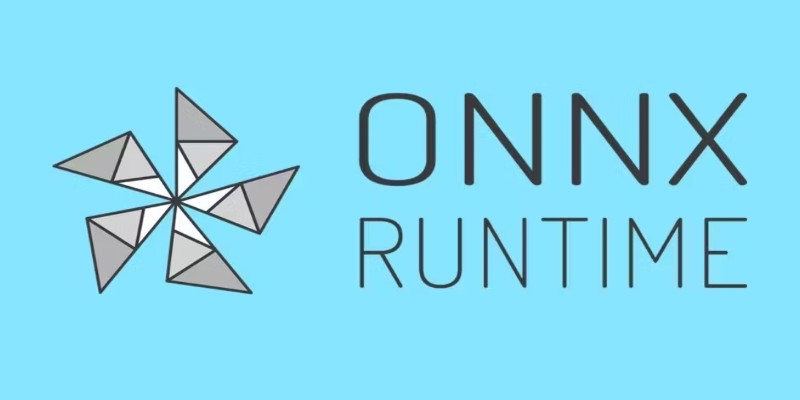
Running Phi-2 on Meteor Lake means more than just pushing the model onto a laptop. It means using a chip that offloads work to the NPU, freeing up the CPU and GPU for other tasks. That’s not only more power-efficient—it's faster, too. You don't need a dedicated GPU to get usable responses from the chatbot. The NPU does the heavy lifting.
Another edge of the Meteor Lake setup is software support. Tools like ONNX Runtime and Intel's AI toolkit make it easier to run models like Phi-2 in a quantized format. With INT4 or INT8 quantization, the model uses even less memory without breaking accuracy in day-to-day queries. This makes real-time inference on a laptop not just possible but smooth.
The real benefit isn’t just about performance. It’s about local execution. No internet connection. No third-party server logs. Everything happens on the machine in front of you.
Running a chatbot locally isn’t just a tech experiment—it’s a shift in how we think about AI. Right now, most consumer chatbots need to send every message to the cloud for processing. That raises privacy concerns, especially when dealing with personal tasks like journaling, emails, or health notes.
With Phi-2 on Intel Meteor Lake, your conversations never leave your laptop. That’s a big deal for anyone who cares about digital boundaries. You can ask questions, get summaries, or rewrite drafts without worrying about who might be storing that data.
It also opens up use cases that don't make sense with cloud-only tools. Consider a field worker in a remote area or a student working offline. They don't need constant connectivity to access a smart assistant. As long as the laptop is charged, the model is ready.
There’s a subtle shift happening here. Instead of AI being something distant—hosted on a data center far away—it becomes a local companion. Always available. Tuned to your system. Not subject to outages or API rate limits.
And since Phi-2 is small, it loads fast. You can boot up your laptop and get a working chatbot in seconds. There’s no waiting for a session to load or a server to warm up. It’s just ready when you are.
Getting Phi-2 running on a Meteor Lake laptop is easier than most expect. You can use Hugging Face Transformers to download the model and then convert it to ONNX or GGUF. With quantization, even 8GB of RAM is usually enough. You can run inference with simple Python scripts or launch a lightweight web UI, such as Text Generation WebUI or LM Studio.
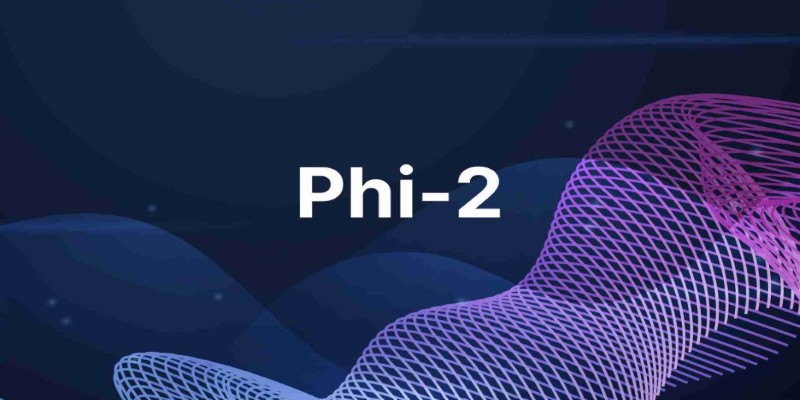
Still, there are limits. Phi-2 is trained on general-purpose material, so it’s not a specialist in medicine or law. Its answers are best for everyday questions, light summarization, or personal productivity. You won’t get long-form creative output or in-depth technical analysis. But for a local assistant, it covers the basics very well.
Another tradeoff is memory. While Phi-2 is light, it still needs several gigabytes of RAM. Older laptops might struggle, especially if they don’t support AVX instructions or hardware acceleration. That said, most new Meteor Lake machines handle it well, especially with a few tweaks to how you load and quantize the model.
But once it’s set up, you’ll find it surprisingly useful. It works offline. It doesn’t nag you to log in or subscribe. And it won’t upload your prompts to the cloud.
A chatbot on your laptop used to feel like a science project. Today, with Phi-2 on Intel Meteor Lake, it feels like a normal app. The performance is good enough, the privacy is built-in, and the whole setup is light enough to run alongside your usual apps. You won’t be running enterprise-grade AI. But that’s not the goal. What you get is a helpful assistant that’s yours alone—no subscriptions, no data collection, no waiting on servers. Just a small, smart model that lives on your machine and works when you do. For many people, that’s the kind of AI that actually fits into daily life.
Advertisement

Microsoft’s new AI model Muse revolutionizes video game creation by generating gameplay and visuals, empowering developers like never before

Discover how AI adoption is evolving in 2025, including critical shifts, business risks, and future growth opportunities.
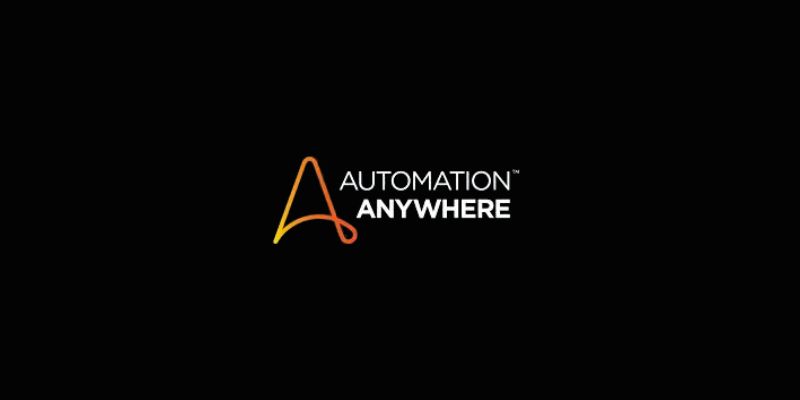
Automation Anywhere boosts RPA with generative AI, offering intelligent automation tools for smarter and faster workflows
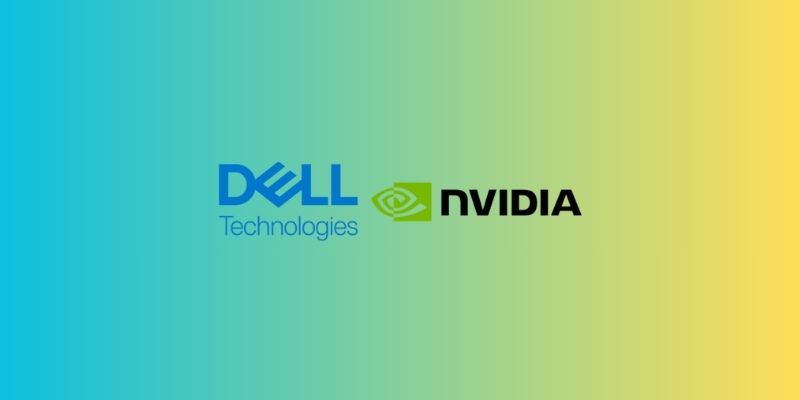
Dell and Nvidia team up to deliver scalable enterprise generative AI solutions with powerful infrastructure and fast deployment

Discover how Lucidworks’ new AI-powered platform transforms enterprise search with smarter, faster, and more accurate results
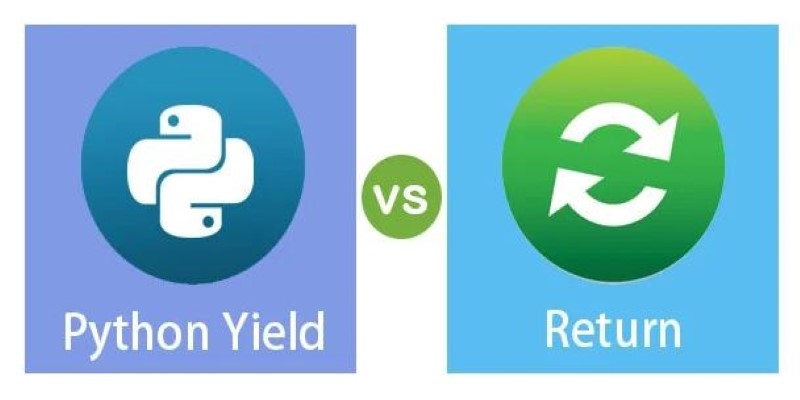
Understand what are the differences between yield and return in Python. Learn how these two Python functions behave, when to use them, and how they impact performance and memory

Apple joins the bullish AI investment trend with bold moves in AI chips, on-device intelligence, and strategic innovation
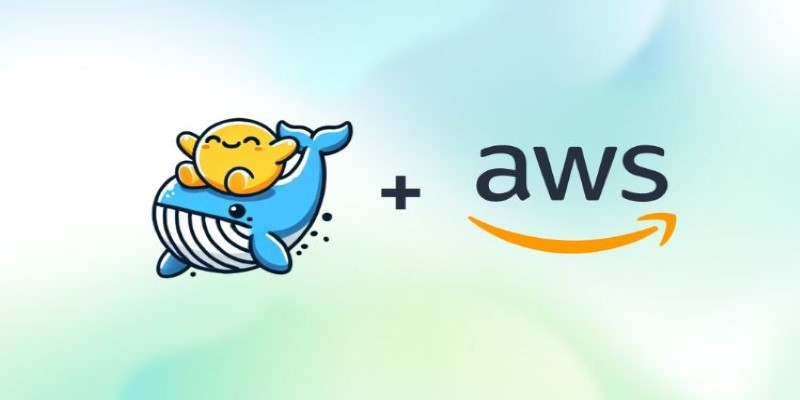
How to deploy and fine-tune DeepSeek models on AWS using EC2, S3, and Hugging Face tools. This guide walks you through the process of setting up, training, and scaling DeepSeek models efficiently in the cloud

How the SQL DATEDIFF function helps calculate the gap between two dates. This guide covers syntax, use cases, and system compatibility

Know about 5 powerful AI tools that boost LinkedIn growth, enhance engagement, and help you build a strong professional presence

Introducing ConTextual: a benchmark that tests how well multimodal models reason over both text and images in complex, real-world scenes like documents, infographics, posters, screenshots, and more

How to run a chatbot on your laptop with Phi-2 on Intel Meteor Lake. This setup offers fast, private, and cloud-free AI assistance without draining your system